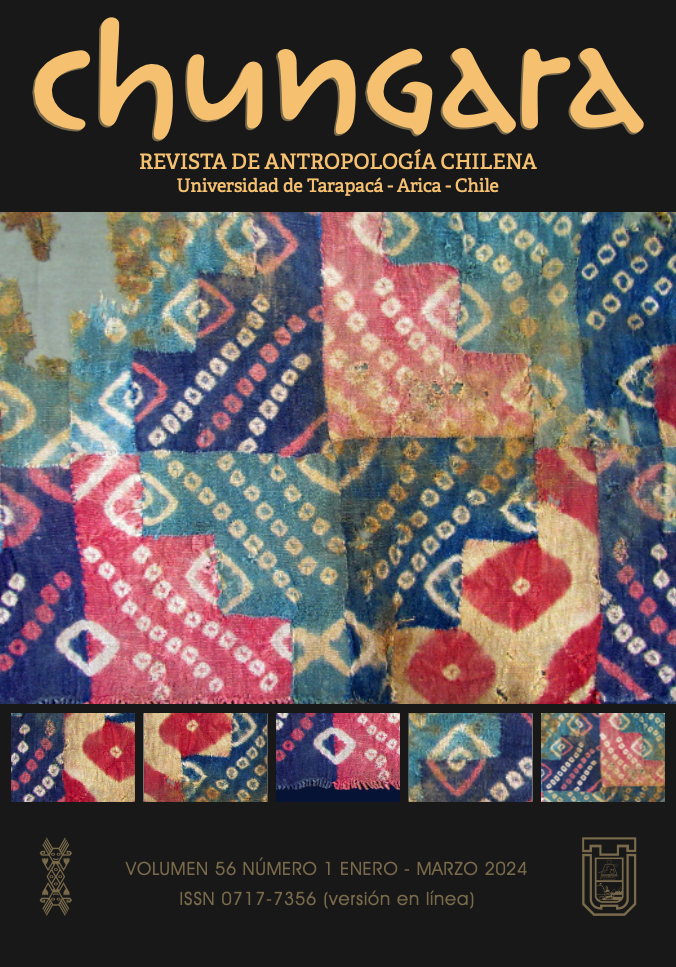Written by Super User. Posted in Papers - English
FROM CHAURACABÍ TO OSORNO: CITIES AND INDIGENOUS SETTLEMENTS ON THE SOUTHERN BORDERLAND OF THE KINGDOM OF CHILE
DE CHAURACABÍ A OSORNO: CIUDADES Y ASENTAMIENTOS INDÍGENAS EN LA FRONTERA MERIDIONAL DEL REINO DE CHILE
Simón Urbina, Leonor Adán, Margarita Alvarado, Luis Cornejo, Ximena Urbina, Ricardo Álvarez y Aldo Farías
The historical archeology of the city of Osorno and its hinterland in Southern Chile constitute the core of this research. By analyzing urban architecture, site distribution, and ceramic collections, we evaluate the hypotheses surrounding Hispanic settlements between 1558 and 1796 and occupational processes that occurred from the Early Ceramic (4th-11th centuries) to Late Ceramic and Colonial periods (12th-19th centuries). The discussion about long-term history (including archaeological periods) and intercultural relations, based on documentary sources, settlement patterns, and ceramic typology, allows us to integrate the jurisdiction of Osorno into wider archaeological and historiographic debates. In this paper, we deal with discontinuities in colonial processes on the southern border of the Kingdom of Chile and artifactual hybridization that gave rise to urban settlements in densely inhabited indigenous territories.
Print
Email
Written by Super User. Posted in Papers - English
PHYTOLITHIC ANALYSIS OF DENTAL CALCULUS FROM THE ANCIENT INHABITANTS OF THE CHINCHINÁ RIVER BASIN, COLOMBIA
ANÁLISIS FITOLÍTICO DEL CÁLCULO DENTAL PROVENIENTE DE LOS ANTIGUOS POBLADORES DE LA CUENCA DEL RÍO CHINCHINÁ, COLOMBIA
Viviana Andrea Yepes López, Jhonatan Martínez Murcia, Fiorella Villanueva y Juliana Gómez Mejía
A variety of microfossils such as pollen, starches, phytoliths and cyanobacteria originated from plant foods are trapped in the matrix of dental calculus. Among them, the group of phytoliths stands out, which are microscopic bodies of precipitated silica inside the cells or in the interstitial spaces along the structure of plants, generating mineralized particles of diverse sizes and shapes. Their morphological identification allows them to be classified taxonomically at the generic level and, sometimes, at the specific level, allowing the reconstruction of the diet of individuals and populations. In this work, we present the analysis of the phytoliths recovered, through a physicochemical process from the dental calculus belonging to 22 prehispanic individuals who occupied two sites (Palestina and El Edén) during the Early (
Print
Email







